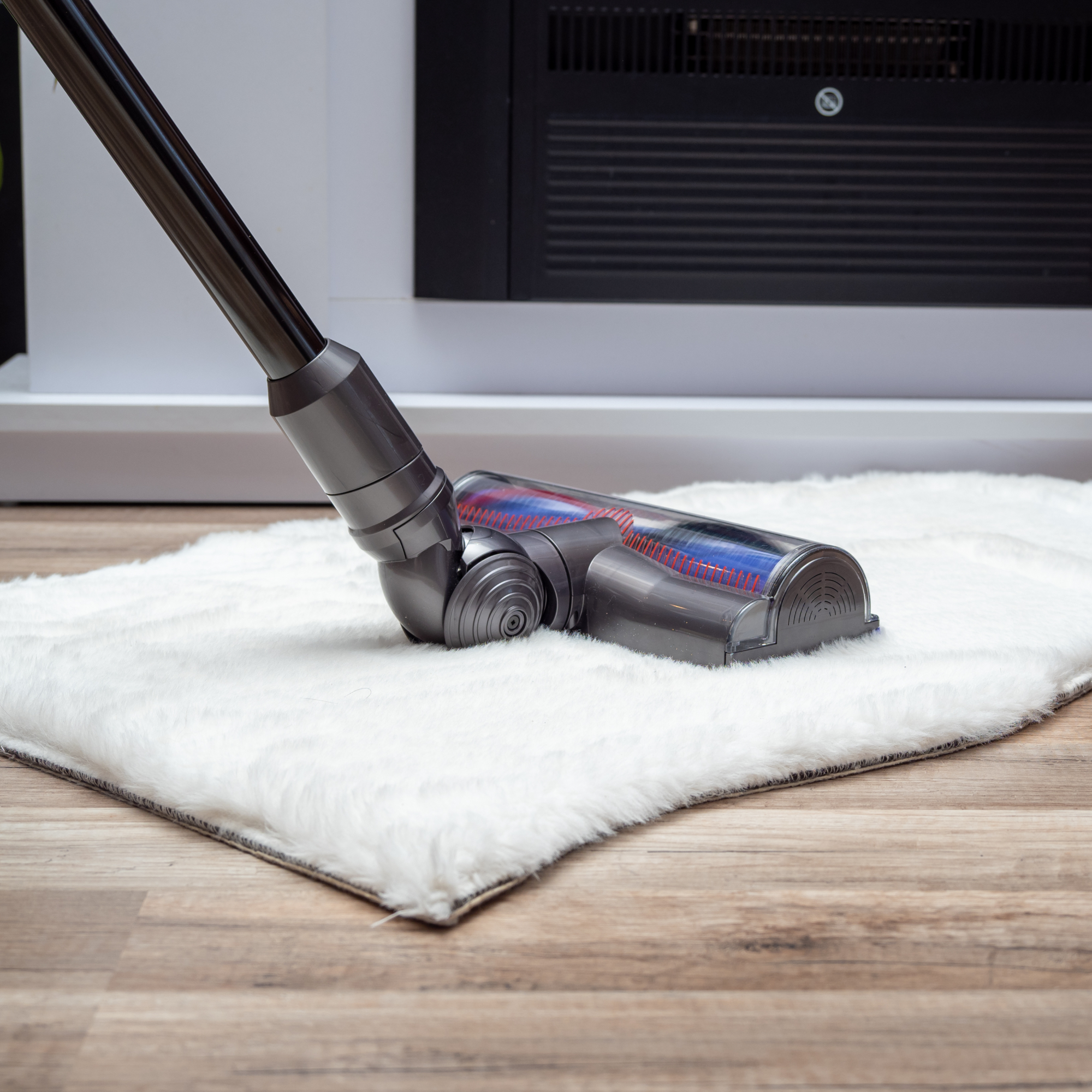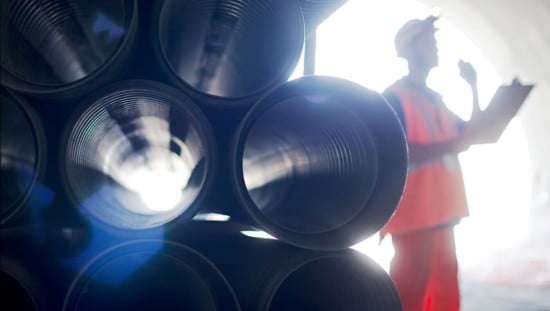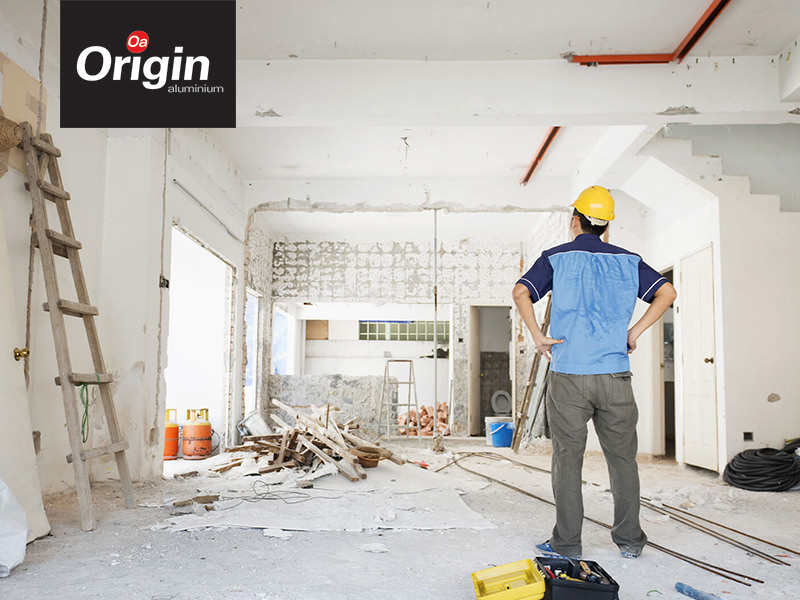Common Eco-Mistakes Homeowners Make

Homeowners today are increasingly aware of the importance of eco-friendly living, but even well-intentioned efforts can sometimes lead to common mistakes that reduce environmental benefits or increase costs. This article explores these pitfalls and offers practical advice to help you make truly sustainable choices.
Table of Contents

- Introduction
- Common Eco-Mistakes
- Inefficient Energy Use
- Poor Water Conservation
- Misuse of Eco-Friendly Products
- Neglecting Proper Waste Management
- Overlooking Home Insulation
- How to Avoid These Mistakes
- Frequently Asked Questions (FAQ)
- Conclusion
1. Introduction

Adopting eco-friendly habits at home is a vital step toward reducing your carbon footprint. However, some common mistakes can undermine these efforts. Understanding these errors is the first step to making your home truly green.
2. Common Eco-Mistakes
Inefficient Energy Use
Many homeowners invest in energy-efficient appliances but fail to optimize their usage. Leaving devices on standby, ignoring regular maintenance, or using outdated lighting can waste energy.
Poor Water Conservation
Water-saving fixtures are helpful, but overwatering gardens or ignoring leaks can negate these benefits. Additionally, using non-native plants that require excessive watering increases water consumption.
Misuse of Eco-Friendly Products
Not all products labeled “green” are genuinely sustainable. Some contain harmful chemicals or are not disposed of properly, leading to environmental harm.
Neglecting Proper Waste Management
Failing to separate recyclables, compost organic waste, or reduce single-use plastics contributes to landfill overflow and pollution.
Overlooking Home Insulation
Poor insulation leads to higher heating and cooling demands, increasing energy consumption and costs.
3. How to Avoid These Mistakes
| Mistake | Solution |
|---|---|
| Inefficient Energy Use | Use smart power strips, maintain appliances |
| Poor Water Conservation | Fix leaks, use drought-resistant plants |
| Misuse of Eco-Friendly Products | Research products, follow disposal guidelines |
| Neglecting Waste Management | Implement recycling and composting systems |
| Overlooking Insulation | Upgrade insulation, seal drafts |
4. Frequently Asked Questions (FAQ)
Q1: How can I tell if a product is truly eco-friendly?
A1: Look for certifications like Energy Star, USDA Organic, or FSC labels, and research ingredients or materials.
Q2: What are the best plants for water conservation?
A2: Native plants and succulents typically require less water and are well-suited to local climates.
Q3: How often should I check my home for leaks?
A3: Inspect your plumbing and fixtures at least twice a year to catch leaks early.
5. Conclusion
Avoiding common eco-mistakes can significantly enhance your home’s sustainability and reduce environmental impact. By staying informed and proactive, you can create a greener, healthier living space.
Embracing eco-friendly living is a journey, and learning from common mistakes is part of the process. What specific eco-friendly home improvements would you like to explore next?
